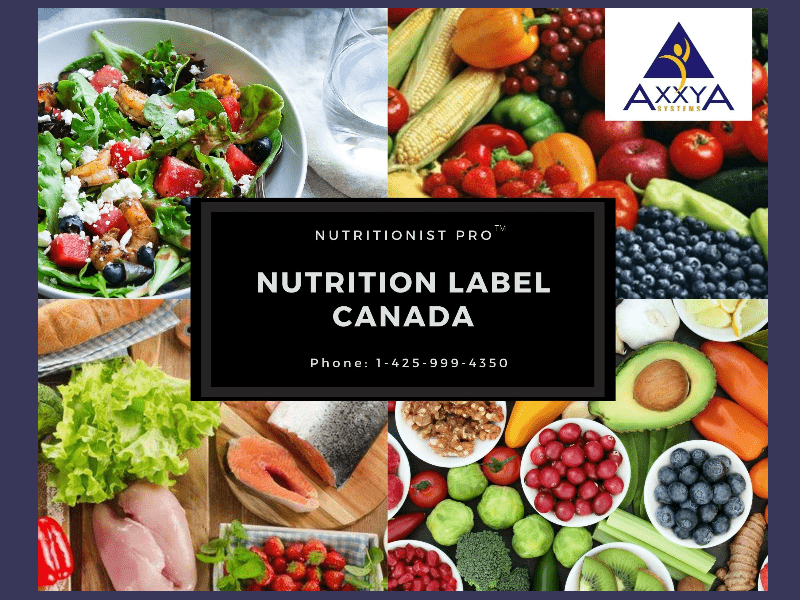Let’s break it down.
Reading food nutrition labels means checking the calorie count, serving size, %Daily Value, fat, sugar, and, of course, nutrition claims. If you understand all information on the packaged food labels, then you’re set. But for those who hardly understand the information about nutrition facts and ingredients on the food labels may be interested in the discussion below.
The Search Results
Web Result with Site Links
The Canadian Food Inspection Agency (CFIA) has made food labelling mandatory for all packaged food items. They must have a nutrition facts table and an ingredient list. The nutrition claims section is optional.
What does a nutrition facts table display?
A nutrition facts table displays information about calories and nutrients that a food item contains. It helps customers compare similar foods, look for foods that have a little or a lot of a certain nutrient and select foods for special diets. The label must include the serving size, calories, % Daily Value and 13 core nutrients (fat, saturated fat, trans fat, cholesterol, sodium, carbohydrate, fibre, sugars, protein, vitamin A, vitamin C, calcium and iron).
The food label format is consistent across all food products to enable customers to easily compare different food items. To maintain this consistency, tools for food nutrition label and analysis are used by food producers.
Understanding %DV
On the label, %DV helps evaluate whether there is a little or a lot of a nutrient in what you are about to consume. For example, 10% daily value of fibre means one serving of that food provides 10% of the fibre you should consume in one day. The fact is 5% DV is little or less and 15% DV is more or a lot.
Understanding Serving Size
Serving size information on food labels indicates the amount of fat, calories, and nutrients for a certain portion size. As you look into this section of the label, compare the specific amount of food displayed on the label to what you’re actually eating. The portion consumed can be quite different, so calculate accordingly.
Understanding Calorie Information
The calorie count information on a nutrition label in Canada includes calories and 13 core nutrients. The number of calories enumerated on the list lets you know how much energy you will derive from one serving of this food.
Understanding Fat
First things first, not all fats are created equal. For example, omega-3 fats available in fish, and monounsaturated fats, like those found in avocados. These fats are considered healthy, and good for heart health. What you need to ensure is that you have lower consumption of saturated and trans fats. These fats raise the LDL or “bad” cholesterol levels. Current guidelines recommend making sure people limit consumption of Saturated Fat within 10% of the fat they consume on a daily basis.
Understanding Sugar
The total grams of sugar listed on a nutrition label include both the refined variety, meaning sugar added in processing, and naturally occurring ones, such as fructose found in fruit or lactose in milk. Consumers are recommended to choose foods with naturally occurring sugars over those with refined ones. Health Canada recommends limiting foods with refined added sugars.
Try to choose the foods which contain more of the nutrients, such as fibre, vitamin A, vitamin C, Vitamin D, Potassium, Iron, and Calcium.
The ingredient list
The ingredient list includes those listed in order by weight with the heaviest ingredient listed first and the lightest ingredient listed last. This list is helpful as it shows us what the product is made of and if any allergens are present.
Nutrition claims
Nutrition claims are often tricky. Such a nutrient claim indicates that the food has a certain amount of a specific nutrient, for example: High in vitamin C or Sugar Free, etc. Health Canada has strict guidelines about the use of these claims and food producers have to follow them while labelling their food items.
Do all food items need to have a nutrition facts label in Canada?
Not at all. There are fresh fruits and vegetables, raw meat, poultry, fish and seafood, foods prepared or processed at the store, such as bakery items, sausages, salads, alcohol and foods which contain very few nutrients, such as tea, coffee, spices, which may not require food labelling.
Bottom Line:
Food nutrition facts on food labels help consumers make informed decisions about the foods they eat.
Did you ever wonder how food manufacturers calculate nutritional values of their food items and create food labels so easily and quickly? Interested to know? Head over to the website of Nutritionist Pro™
